Greatest classic rock albums of all time
Classic rock albums have a unique charm that continues to captivate audiences across generations. These records are more than just collections of songs; they’re cultural milestones that have shaped the musical landscape. From the groundbreaking sounds to the unforgettable melodies, classic rock albums have left an indelible mark on music history. Whether you’re a lifelong fan or a newcomer to the genre, there’s something undeniably magical about these timeless creations.
The Revolutionary Sound of “The Beatles – Abbey Road”
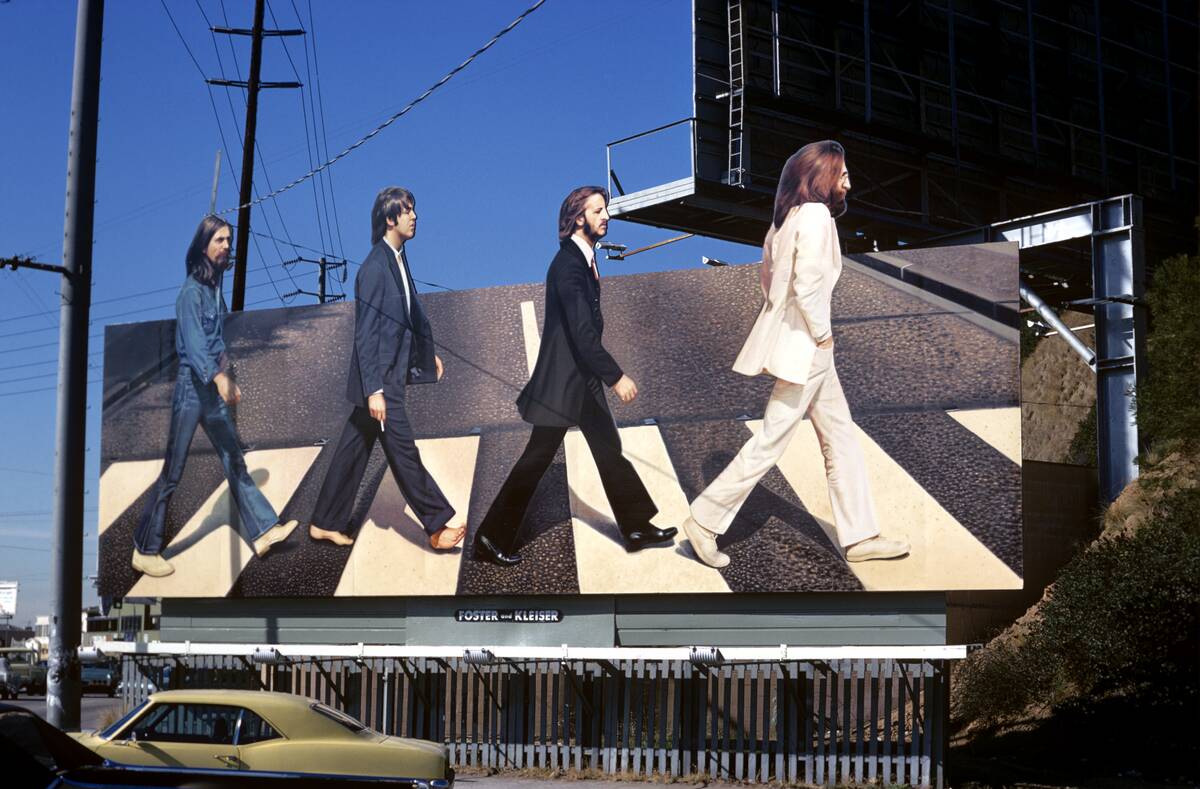
When The Beatles released “Abbey Road” in 1969, it marked a pivotal moment in music history. Known for its innovative production techniques and seamless song transitions, the album is a testament to the band’s creative genius. Songs like “Come Together” and “Here Comes the Sun” demonstrate their ability to blend diverse musical styles into a cohesive masterpiece. The iconic cover photo of the band crossing Abbey Road has become one of the most recognized images in pop culture.
The Anthemic Power of “Led Zeppelin – Led Zeppelin IV”
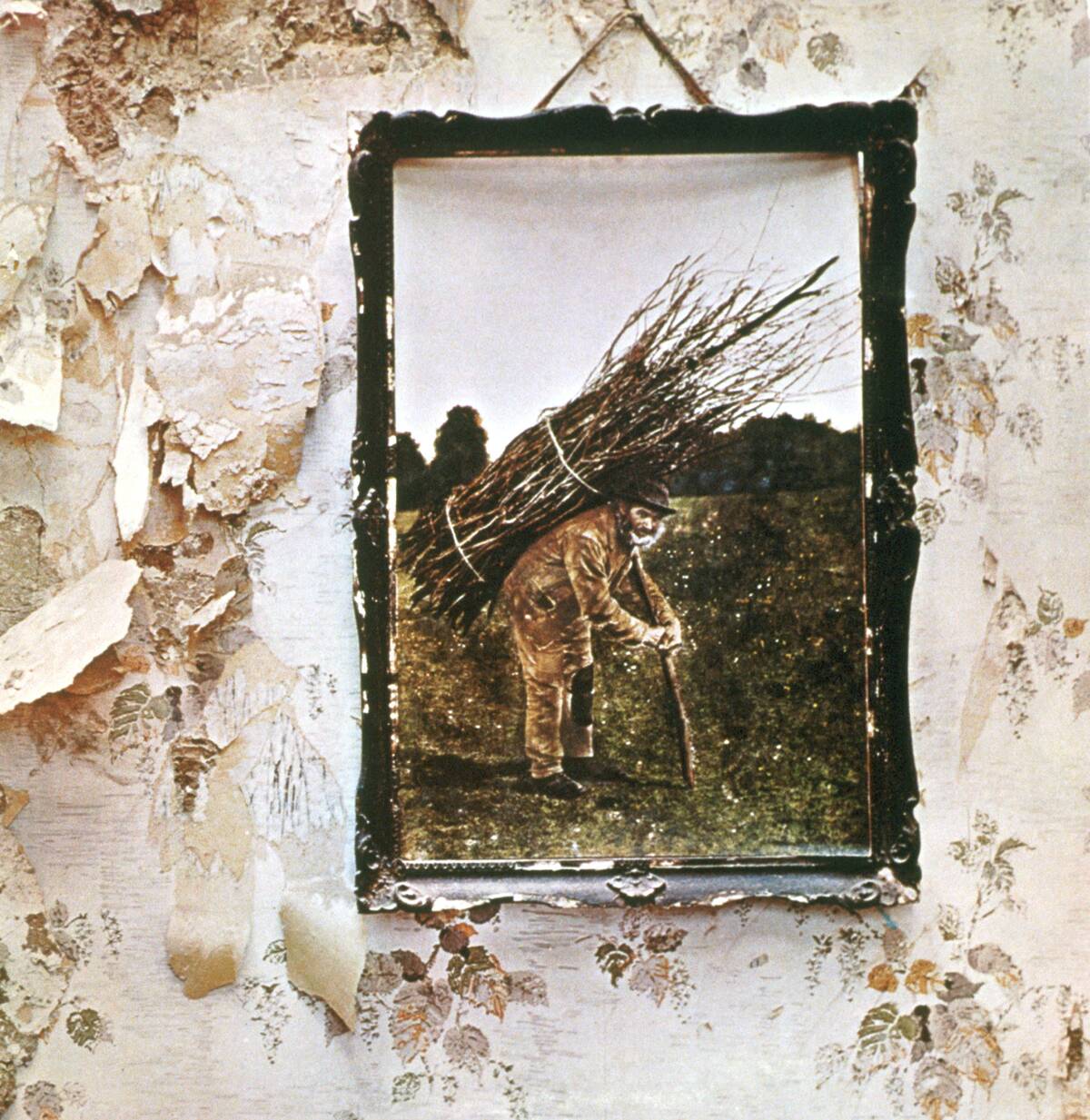
Released in 1971, “Led Zeppelin IV” is home to some of the most anthemic rock songs ever recorded. Tracks like “Stairway to Heaven” and “Black Dog” showcase the band’s unparalleled ability to craft epic rock tunes. The album’s mix of hard rock, folk, and blues elements set a new standard for rock music. Its enigmatic cover art, featuring a mysterious figure, adds to the album’s mystique and enduring appeal among rock enthusiasts.
Pink Floyd’s Masterpiece: “The Dark Side of the Moon”

Pink Floyd’s “The Dark Side of the Moon,” released in 1973, is often hailed as one of the greatest albums of all time. Its innovative use of studio effects and philosophical lyrics explore themes of time, mental health, and human experience. The album’s iconic prism cover art symbolizes its exploration of light and sound. With tracks like “Time” and “Money,” it remained on the Billboard chart for a record-breaking 741 weeks, a testament to its lasting influence.
The Raw Energy of “The Rolling Stones – Exile on Main St.”
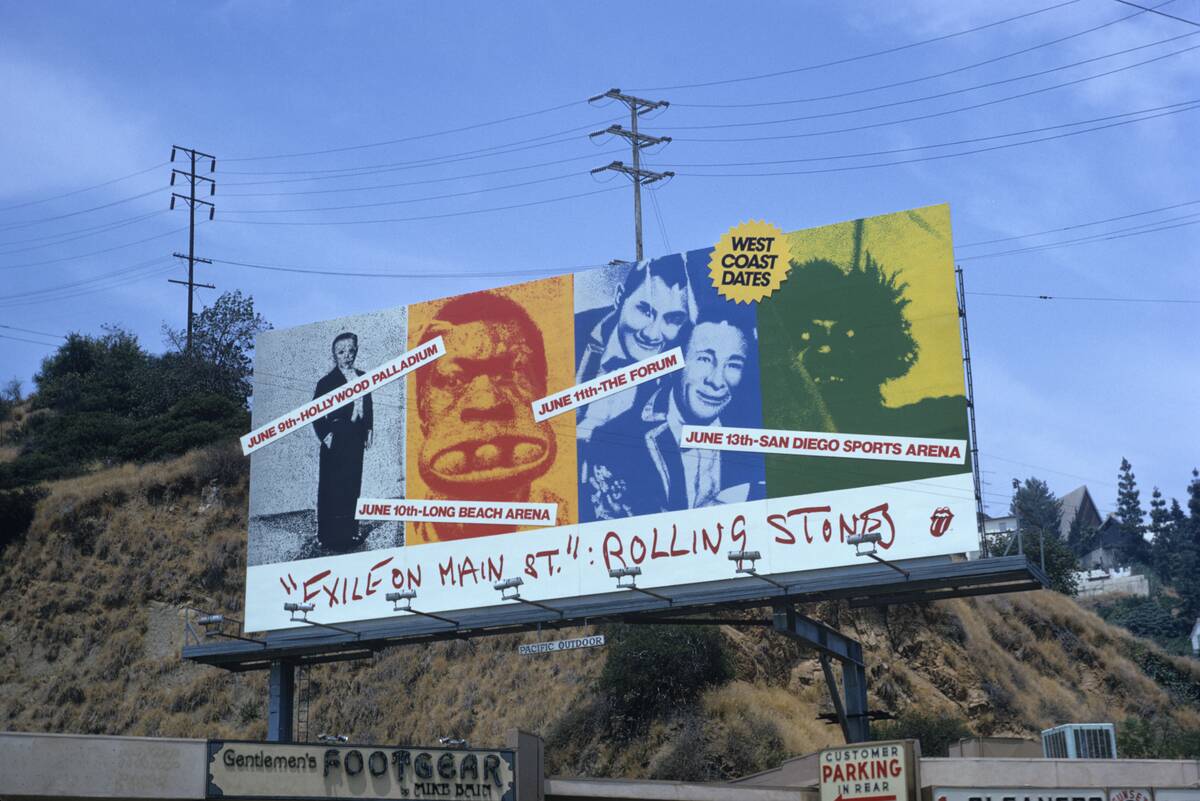
Recorded in a villa in the south of France, “Exile on Main St.” by The Rolling Stones captures the raw, unpolished energy that defines rock ‘n’ roll. Released in 1972, the album’s gritty sound and eclectic mix of rock, blues, and soul create a sense of spontaneity and rebellion. Songs like “Rocks Off” and “Tumbling Dice” embody the band’s rebellious spirit. Its chaotic recording process adds to the mythology, making it a favorite among fans.
Queen’s Operatic Marvel: “A Night at the Opera”

Queen’s “A Night at the Opera,” released in 1975, is a tour de force of operatic rock. The album’s standout track, “Bohemian Rhapsody,” is a six-minute epic that defies conventional song structure with its theatrical flair. The band’s use of multi-layered harmonies and diverse musical styles showcases their versatility. The album’s title pays homage to the Marx Brothers film of the same name, reflecting the band’s playful and experimental nature.
The Electric Brilliance of “Jimi Hendrix – Are You Experienced”

Jimi Hendrix’s debut album, “Are You Experienced,” released in 1967, redefined electric guitar playing. Known for his innovative guitar techniques and psychedelic sound, Hendrix mesmerized audiences with tracks like “Purple Haze” and “Foxy Lady.” The album’s fusion of rock, blues, and funk elements set a new standard for musicianship. Hendrix’s groundbreaking use of feedback and distortion has influenced countless guitarists and cemented his legacy as a guitar legend.
Fleetwood Mac’s Iconic “Rumours”
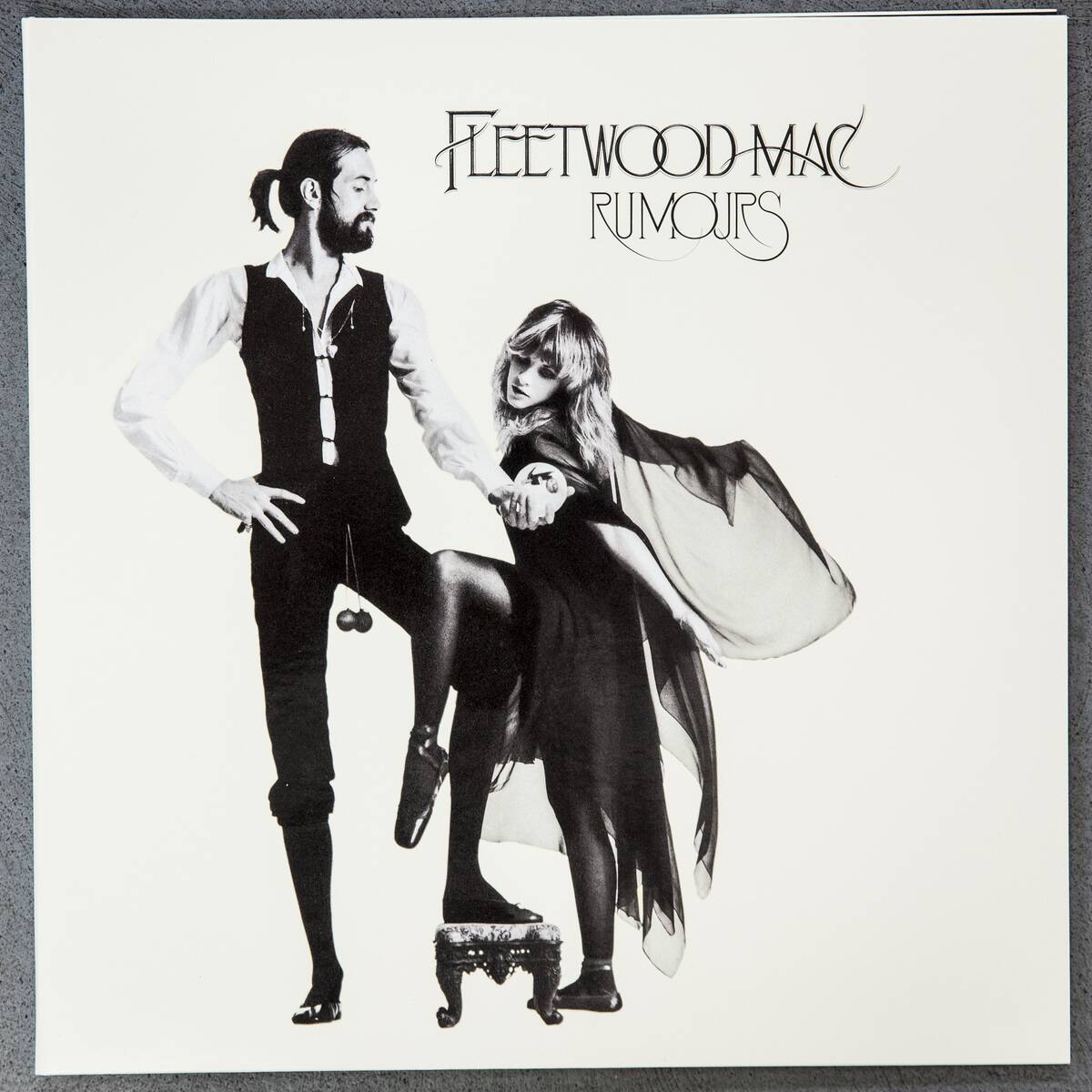
Released in 1977, Fleetwood Mac’s “Rumours” is a testament to the band’s ability to create timeless pop-rock tunes even amidst personal turmoil. With hits like “Go Your Own Way” and “Dreams,” the album captures the emotional complexities of relationships. Its polished production and catchy melodies have made it a staple in music collections worldwide. The album’s behind-the-scenes drama only adds to its allure, making “Rumours” a fascinating chapter in rock history.
The Artful Storytelling of “The Who – Who’s Next”

The Who’s “Who’s Next,” released in 1971, is a landmark album known for its powerful storytelling and innovative use of synthesizers. Songs like “Baba O’Riley” and “Behind Blue Eyes” showcase the band’s dynamic range and lyrical depth. Originally intended as a rock opera, the album evolved into a collection of standalone tracks that still convey a cohesive narrative. Its fusion of hard rock and electronic elements paved the way for future generations of rock musicians.
Bruce Springsteen’s Americana Classic: “Born to Run”

Bruce Springsteen’s “Born to Run,” released in 1975, captures the essence of the American dream with its heartland rock sound. The title track, “Born to Run,” is an anthem of hope and escape that resonates with listeners seeking freedom. The album’s rich storytelling and cinematic production create a vivid portrayal of working-class life. With its blend of rock, folk, and soul influences, “Born to Run” solidified Springsteen’s reputation as “The Boss.”
The Soulful Rock of “The Eagles – Hotel California”

The Eagles’ “Hotel California,” released in 1976, is a masterful blend of rock and soul that explores themes of excess and disillusionment. The title track’s haunting melody and enigmatic lyrics have captivated audiences for decades. With songs like “New Kid in Town” and “Life in the Fast Lane,” the album showcases the band’s intricate harmonies and polished musicianship. Its exploration of the dark side of the American dream continues to resonate with listeners.
David Bowie’s Genre-Defining “The Rise and Fall of Ziggy Stardust and the Spiders from Mars”

David Bowie’s 1972 album, “The Rise and Fall of Ziggy Stardust and the Spiders from Mars,” is a genre-defining work that introduced the world to the enigmatic Ziggy Stardust character. With its glam rock aesthetic and theatrical storytelling, the album features iconic tracks like “Starman” and “Suffragette City.” Bowie’s exploration of identity and fame through Ziggy’s narrative has left a lasting impact on music and popular culture, influencing countless artists in the decades since.
The Deep Emotion of “The Doors – The Doors”

The Doors’ self-titled debut album, released in 1967, is a captivating exploration of deep emotion and existential themes. With Jim Morrison’s haunting vocals and poetic lyrics, songs like “Light My Fire” and “The End” push the boundaries of rock music. The album’s fusion of rock, blues, and psychedelic influences creates a unique sound that captures the spirit of the 1960s counterculture. Its enduring appeal is a testament to the band’s innovative artistry.
The Experimental Genius of “The Beach Boys – Pet Sounds”

“Pet Sounds,” released by The Beach Boys in 1966, is widely regarded as a groundbreaking work of experimental genius. The album’s lush arrangements and complex harmonies, exemplified in tracks like “God Only Knows” and “Wouldn’t It Be Nice,” showcase Brian Wilson’s visionary production. “Pet Sounds” pushed the boundaries of pop music, influencing future generations of musicians and even inspiring The Beatles’ “Sgt. Pepper’s Lonely Hearts Club Band.” Its legacy continues to be celebrated today.
AC/DC’s High Voltage Rock: “Back in Black”

Released in 1980, AC/DC’s “Back in Black” is a high-voltage rock album that marked the band’s triumphant comeback after the death of lead singer Bon Scott. With Brian Johnson taking over vocals, the album features iconic tracks like “Hells Bells” and “You Shook Me All Night Long.” Its raw energy and powerful riffs have made it one of the best-selling albums of all time. “Back in Black” remains a staple in rock music, celebrated for its electrifying sound.
The Undeniable Influence of “Black Sabbath – Paranoid”

Black Sabbath’s “Paranoid,” released in 1970, is a defining moment in the history of heavy metal music. With its dark themes and heavy riffs, the album includes classic tracks like “Iron Man” and “War Pigs.” The band’s innovative sound laid the foundation for the metal genre, influencing countless bands in the years to come. “Paranoid” continues to be celebrated for its raw power and the way it pushed the boundaries of rock music.
The Poetic Depth of “Bob Dylan – Highway 61 Revisited”
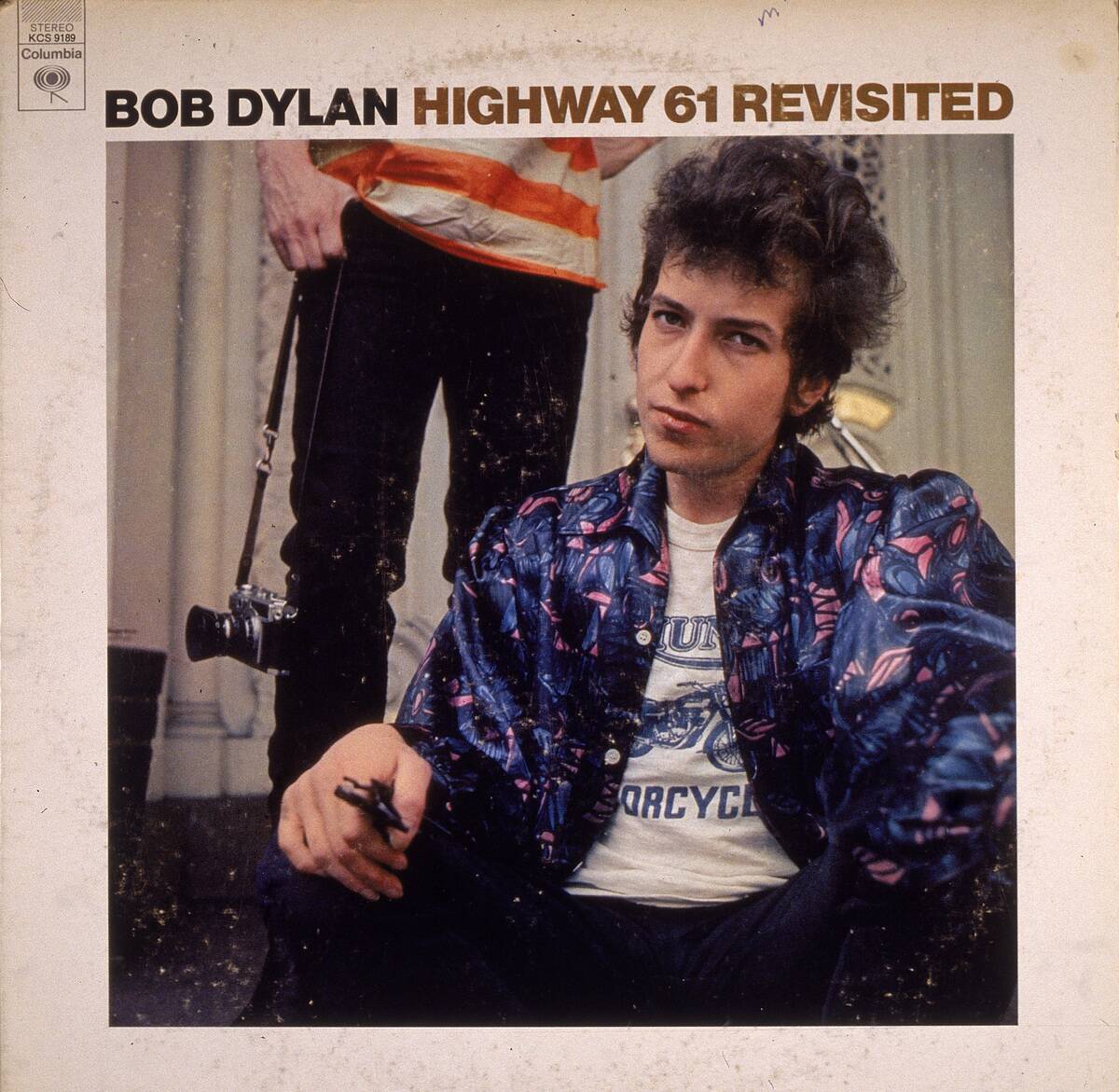
Bob Dylan’s “Highway 61 Revisited,” released in 1965, is celebrated for its poetic lyrics and groundbreaking fusion of rock and folk music. The album’s opening track, “Like a Rolling Stone,” is hailed as one of the greatest songs of all time, capturing the spirit of change and rebellion. Dylan’s storytelling prowess is evident in songs like “Desolation Row” and “Ballad of a Thin Man.” The album’s influence on popular music and culture is immeasurable, marking a turning point in Dylan’s career.



